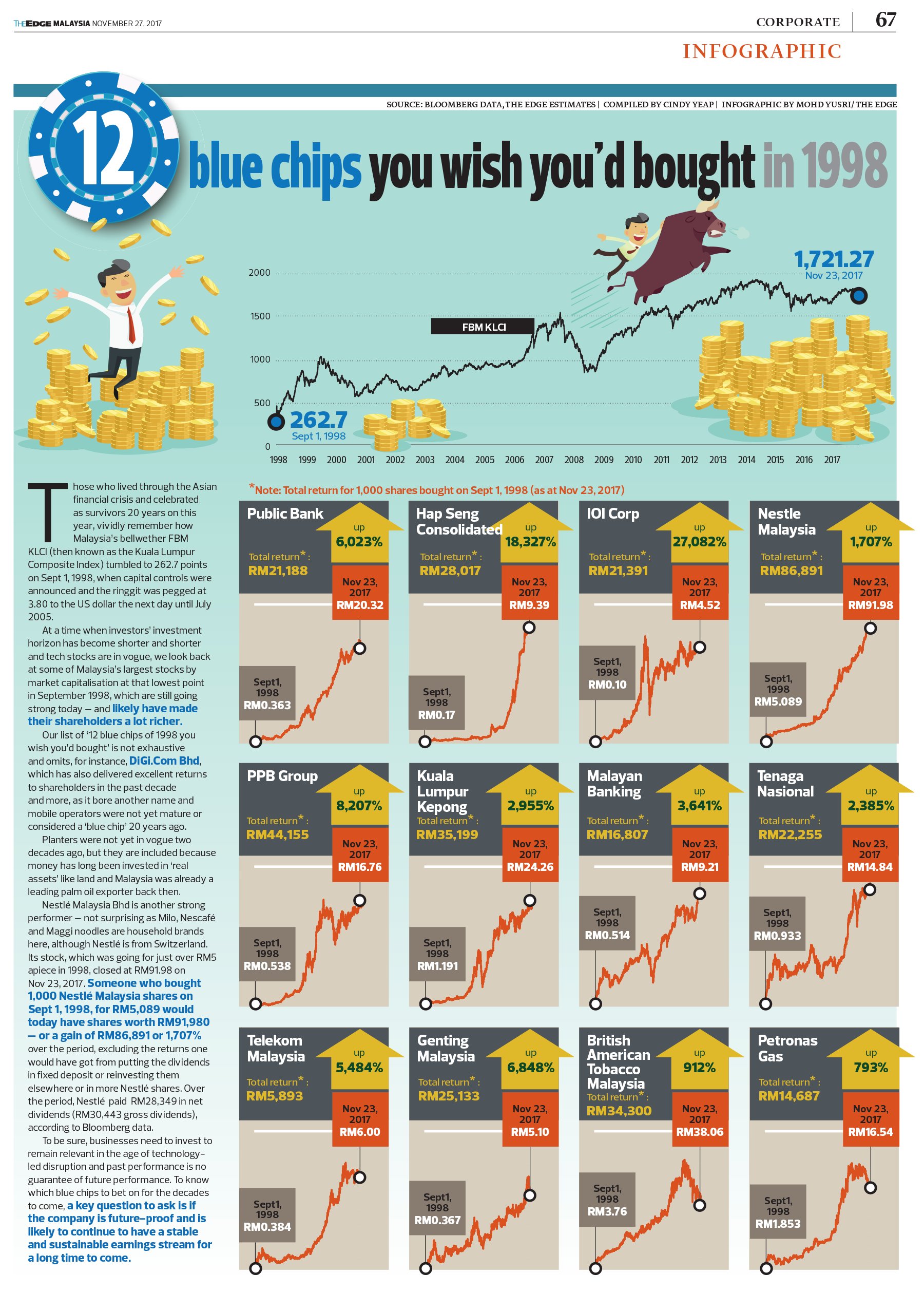The wild swings in the stock market may have you stressed about your investments.
Yet if you took a page from self-made billionaire Warren Buffett, you shouldn’t be too concerned about daily market moves.
“You’ve got to be prepared when you buy a stock to have it go down 50% or more and be comfortable with it, as long as you’re comfortable with the holding,” the Berkshire Hathaway CEO said during the company’s 2020 annual shareholders meeting.
The 91-year-old, who is worth $109.2 billion according to Forbes, has been called the greatest investor in the world.
In fact, of the top 10 billionaires, Buffett is the only one who gained wealth so far this year, according to the Bloomberg Billionaires Index.
When Buffett looks at the stock market he sees companies instead of stocks.
“We ignore 99.9% of what we see, although we run our eyes over them. And then every now and then we see something that looks like it’s attractively priced to us as a business,” Buffett said at Berkshire Hathaway’s 2008 meeting.
If you want to take a page from Warren Buffett, here are some of his key principles you can integrate into your investing practice.
Think long term
When Buffett buys stocks, he’s in it for the long haul.
“If there is one quality that you need in order to invest like Warren Buffett it is patience,” said Berkshire Hathaway shareholder Robert Johnson, professor of finance at Creighton University’s Heider College of Business in Omaha, Nebraska, Buffett’s hometown.
You’ve got to be prepared when you buy a stock to have it go down 50% or more and be comfortable with it, as long as you’re comfortable with the holding.
Warren Buffett
BERKSHIRE HATHAWAY CEO
Buffett has driven home this philosophy over the years.
“When we buy a stock, we would be happy with that stock if they told us the market was going to close for a couple of years. We look to the business,” he has said.
He compared it to buying a farm.
“You would not get a price on it every day and you wouldn’t ask whether the yield was a little above expectations this year or down a little bit. You’d look at what the farm was going to produce over time.”
Invest in what you know
Buffett has famously said to “never invest in a business you cannot understand.”
“You have to learn how to value businesses and know the ones that are within your circle of competence and the ones that are outside,” Buffett told CNBC’s Becky Quick during an interview on “Squawk Box” in 2019.
That doesn’t mean he thinks you have to be an expert on every company.
Investors need to have the “ability to correctly evaluate selected businesses,” he wrote in his 1996 annual shareholders’ letter.
Focus on good companies
Buffett likes to focus on companies that have a good business model that is sustainable over a very long period of time, Johnson said.
It has to be at the right price. Buffett is well known as a value investor, which is someone who chooses equities that seem to be trading for less than their intrinsic value.
“It’s far better to buy a wonderful company at a fair price than a fair company at a wonderful price,” he famously wrote in his annual letter to Berkshire Hathaway shareholders in 1989.
Keep learning
Buffett is a big believer in continuously learning throughout life.
By the time he was 10 years old, he read every book on investing in the Omaha public library and many of them he read twice.
And he hasn’t stopped.
“l was in his office several years ago. His desk is just piled with books and they are books on very many diverse topics,” Johnson said.
Buffett once said he reads about 500 pages a week.
“I remain very big on the idea of reading everything in sight,” Buffett said at the 2007 Berkshire Hathaway meeting.
PUBLISHED TUE, JAN 25 20223:43 PM
Michelle Fox
https://www.cnbc.com/2022/01/25/heres-how-to-invest-like-billionaire-warren-buffett-during-a-volatile-market.html

